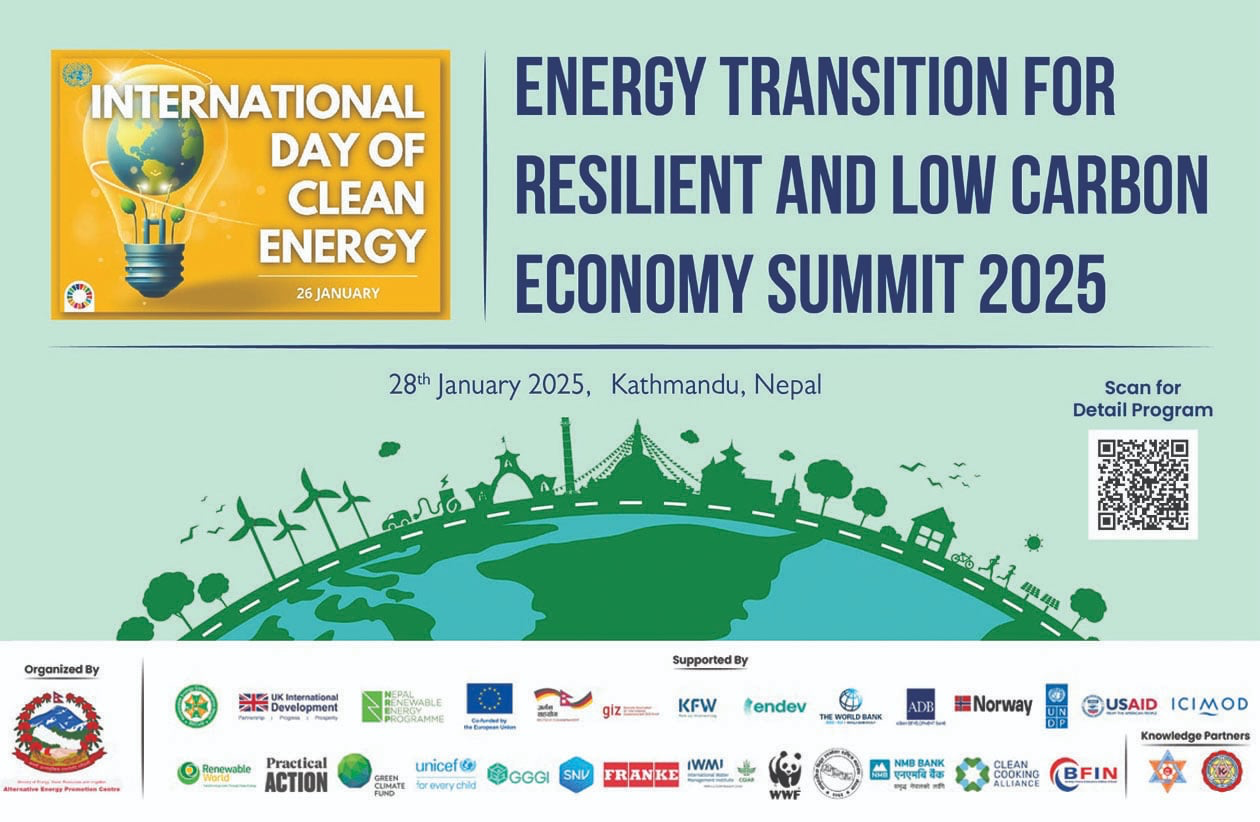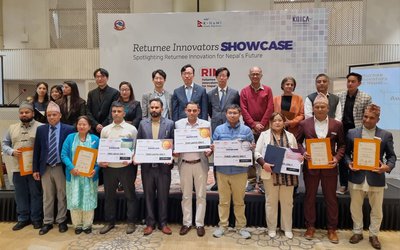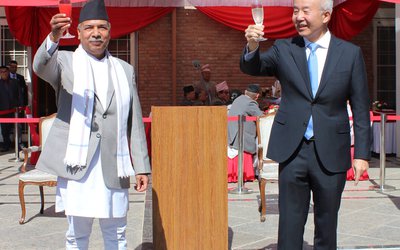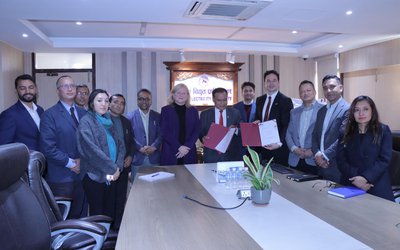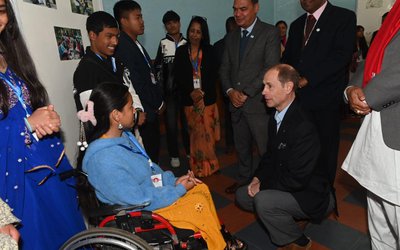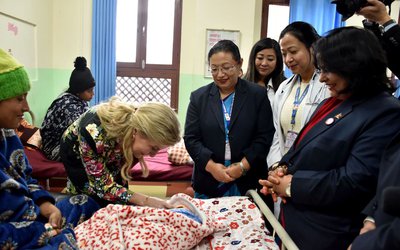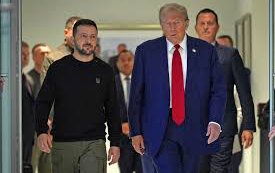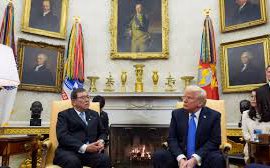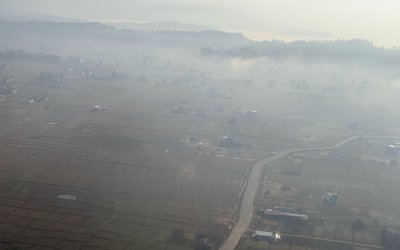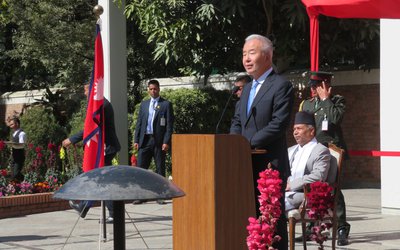
Humanitarian workers are the backbone of every effective, life-saving humanitarian response. Though the role of a humanitarian worker is straightforward – to provide life-saving assistance and long-term rehabilitation to communities affected by acute events – the situations they must operate in are far from it: From natural disasters such as earthquakes and cyclones to disease outbreaks, war and even radiological emergencies, functioning effectively requires a special set of skills and a deep well of fortitude.
Whether volunteering for a local NGO, working for an international aid organization or the United Nations, humanitarian workers are to be commended for their courage and determination. Given the nature of humanitarian work, many humanitarian workers are also health workers.
With WHO South-East Asia’s support – and as per its Flagship Priority on scaling up emergency risk management – countries across the Region have worked to enhance the preparedness of health workers at all levels to respond to domestic crises. In recent years frontline health workers have been provided critical training in mass casualty management and basic emergency protocol, while higher-level officials have engaged in risk communication training. These and other activities must be conducted on an ongoing basis, with an emphasis on multisectoral cooperation and effectively utilizing information communication technologies.
Notably, several Member States have also developed highly skilled national emergency medical teams (EMTs) capable of operating within the WHO-led Health Cluster during acute events in the Region and beyond. As Member States will discuss at WHO South-East Asia’s Seventy-first session of the Regional Committee in early September (the Region’s highest-decision-making body), a WHO-led mechanism to build the capacity of and coordinate these teams could enhance domestic capacity, increase the Region’s surge capacity, and reinforce regional solidarity.
Beyond good training and coordination, humanitarian workers also need effective financial and logistical support. To this end, the South-East Asia Region has created its own innovative mechanism – The South-East Asia Regional Health Emergency Fund (SEARHEF) – to which Member States contribute funds which are then disbursed in the event of an emergency. To date, SEARHEF funds have been used in nine of the Region’s 11 Member States and have covered 37 emergency operations, with disbursements of more than USD 5.9 million. Significantly, in 2016 SEARHEF opened a new funding stream to increase preparedness where gaps were identified. The extent to which that funding stream performs its purpose is incumbent on the extent to which Member States contribute funding.
Importantly, the efforts of humanitarian workers must be facilitated by strong health systems at all levels – especially the primary level. Strong primary health systems ensure that what is often the first point-of-care will be an effective one and that, as necessary, referral networks can function effectively. Moreover, in the event of disease outbreaks, frontline health facilities are the first line of defense in containing a disease’s spread, meaning they must have the means to act with decisive efficiency.
On World Humanitarian Day, WHO South-East Asia commends all humanitarian workers for their courage and determination, and reiterates its ongoing assistance to Member States as they strive to support and facilitate the efforts of humanitarian workers to save life and get the job done.

Dr. Poonam Khetrapal Singh
Singh is WHO Regional Director for South-East Asia
- World Hepatitis Day 2020
- Jul 31, 2020
- Achieve Gender Equality In This generation
- Mar 07, 2020
- Develop And Implement Strategies To Prevent Suicide And Promote Mental Health
- Oct 09, 2019
- Accelerate Health Equity For Older People And Advance Universal Health Coverage
- Sep 30, 2019
- Accelerate Actions To Slash Tobacco Use And Advance Health Across The WHO South-East Asia Region
- May 30, 2019
